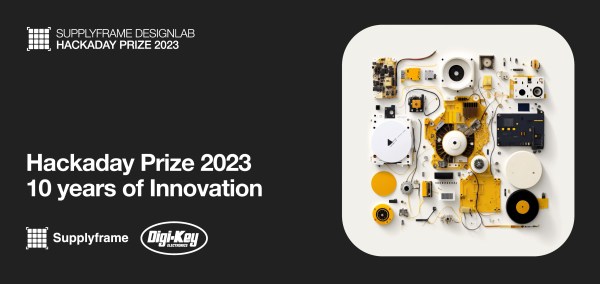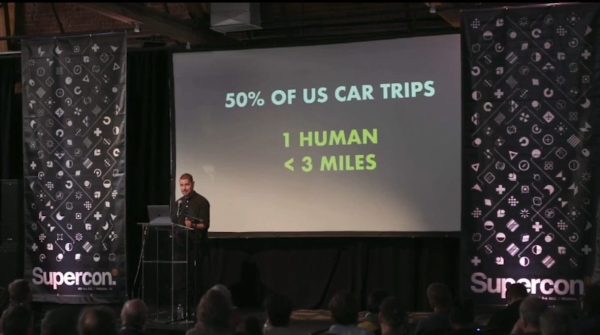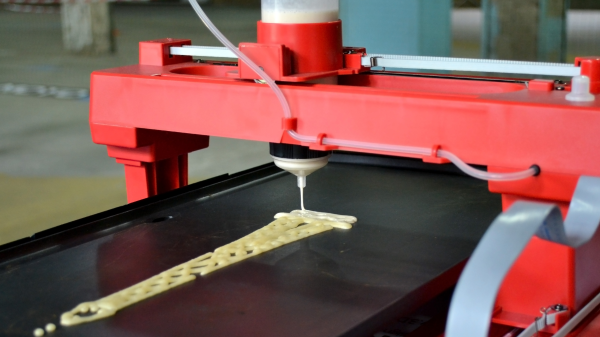To say that desktop 3D printing had a transformative effect on our community would be something of an understatement. In just a decade or so, we went from creaky printers that could barely extrude a proper cube to reliable workhorses that don’t cost much more than a decent cordless drill. It’s gotten to the point that it’s almost surprising to see a project grace these pages that doesn’t include 3D printed components in some capacity.

There’s just one problem — everything that comes out of them is plastic. Oh sure, some plastics are stronger than others…but they’re still plastic. Fine for plenty of tasks, but certainly not all. The true revolution for makers and hackers would be a machine that’s as small, convenient, and as easy to use as a desktop 3D printer, but capable of producing metal parts.
If Cooper Zurad has his way such a dream machine might be landing on workbenches in as little as a month, thanks in part to the fact that its built upon the bones of a desktop 3D printer. His open source Powercore device allows nearly any 3D printer to smoothly cut through solid metal using a technique known as electrical discharge machining (EDM). So who better to helm this week’s Desktop EDM Hack Chat?
Continue reading “Exploring A New Frontier: Desktop EDM Is Coming”




















